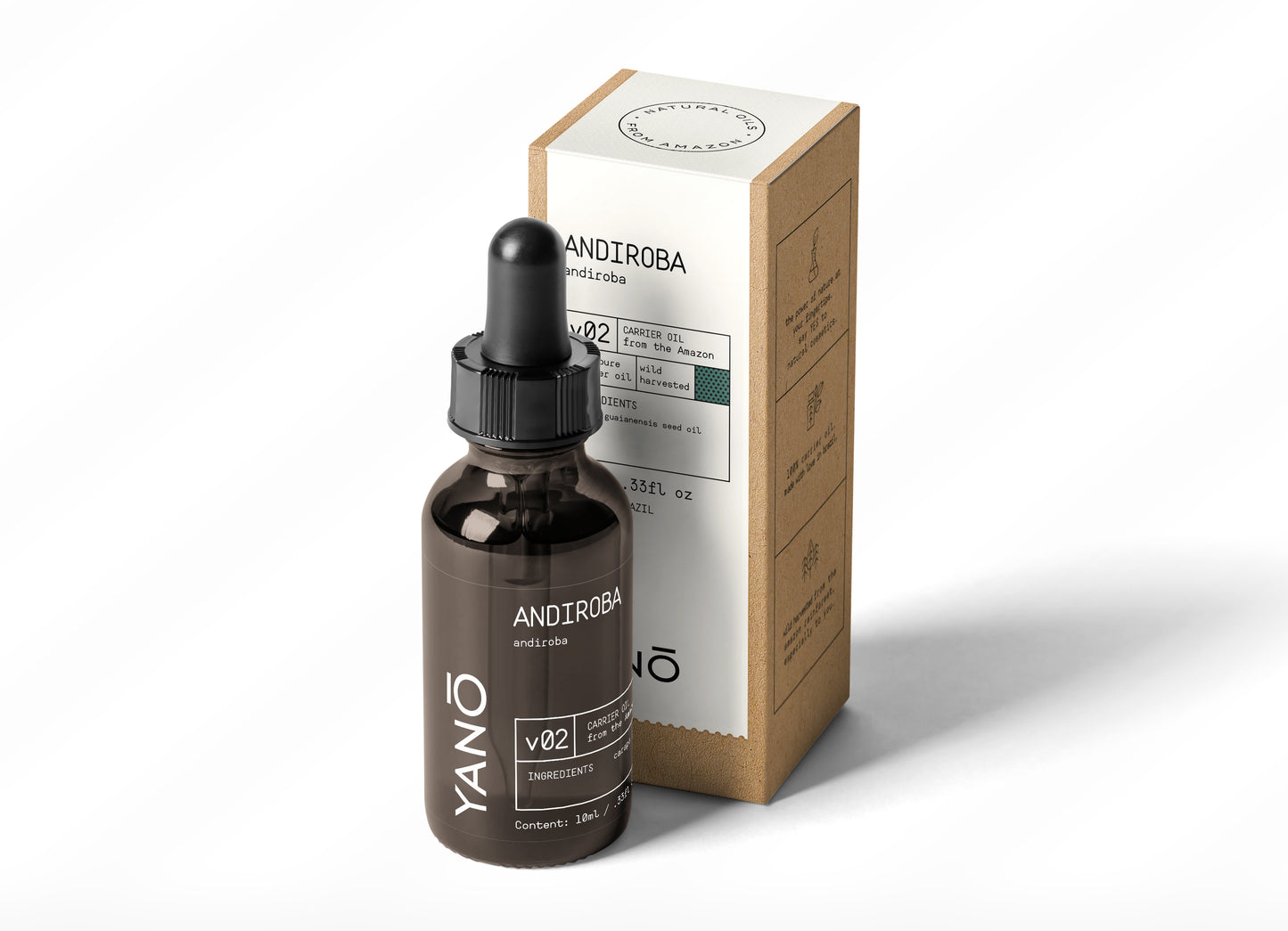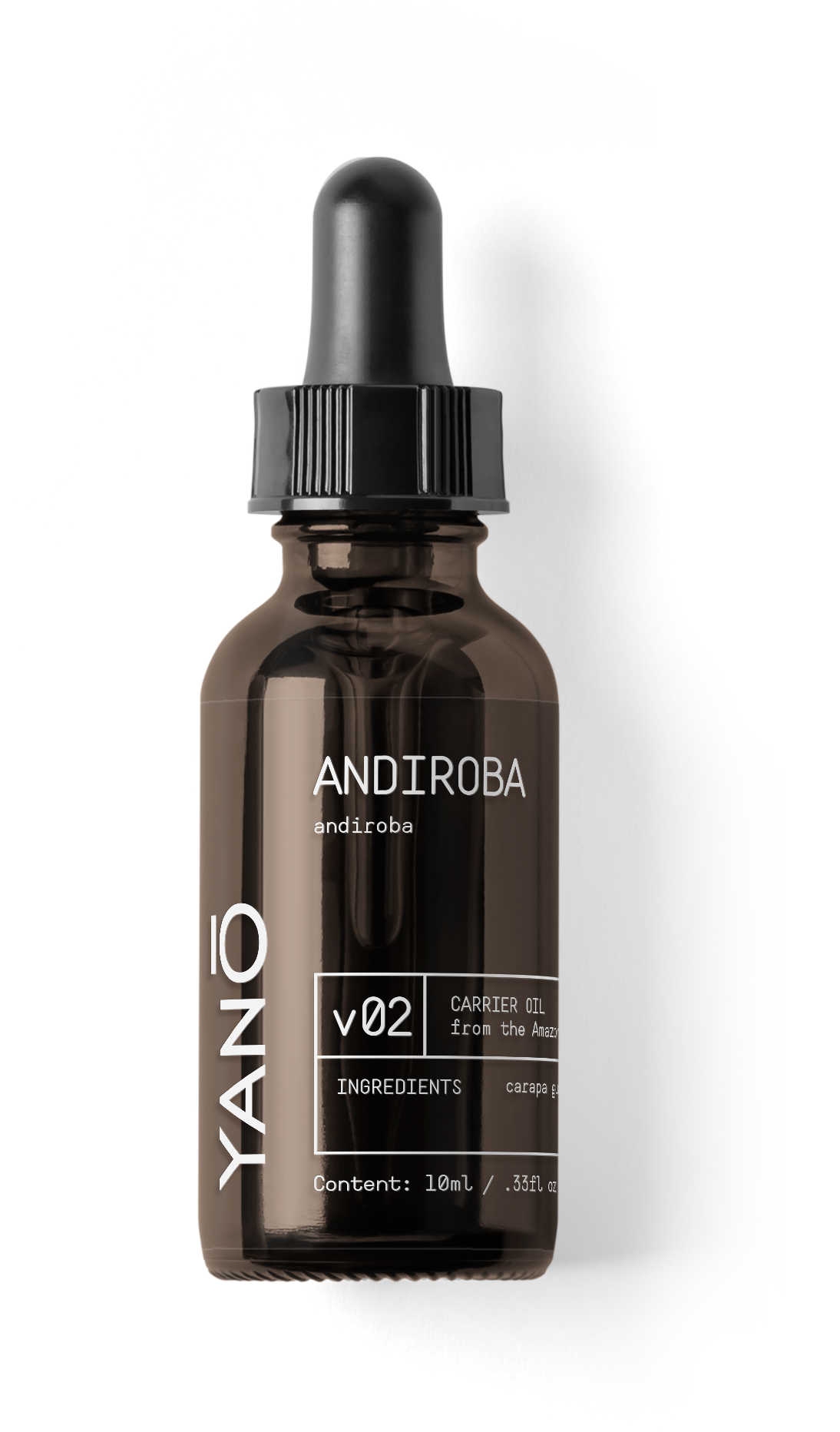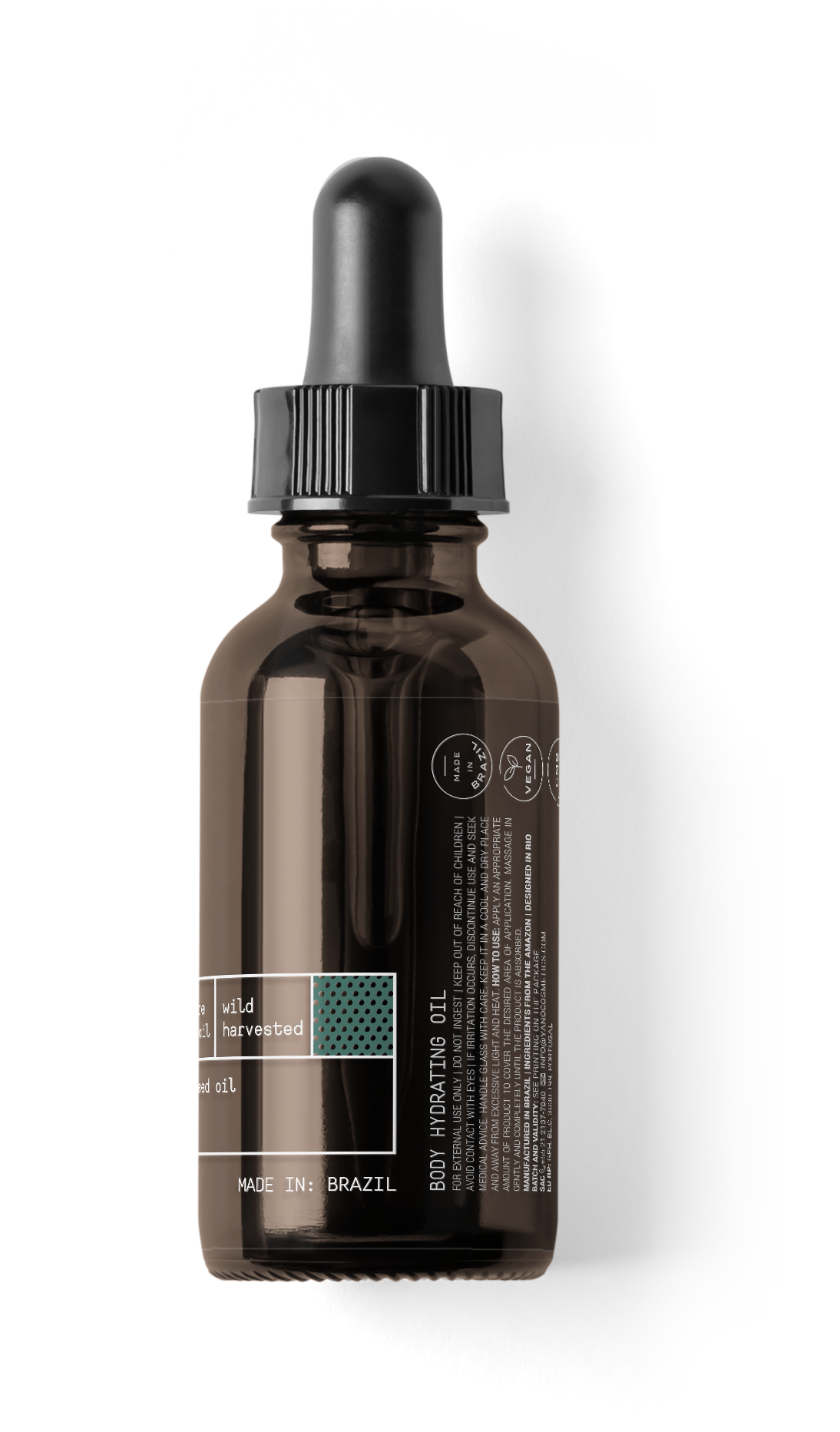Yano Cosmetics
Andiroba Carrier Oil
Andiroba Carrier Oil
Couldn't load pickup availability
CARAPA GUIANENSIS
The Andiroba Carrier Oil from Yano Cosmetics is a revitalizing, hydrating, and antioxidant product. Its anti-inflammatory and protective properties are excellent for both skin and hair. Experience the benefits of this natural oil!
Andiroba oil is also known for its insect-repellent, analgesic, antibacterial, and anti-inflammatory properties. It is rich in vitamin F, essential for healthy cell membranes, which reduces skin swelling. This oil carries alpha-hydroxy acids and other ingredients that moisturize and protect the skin.
The Andiroba Carrier Oil from Yano Cosmetics is 100% pure, natural, and organic. Its composition is free from preservatives, dyes, artificial fragrances, parabens, silicones, and sulfates. The product is vegan, cruelty-free, and free from animal-derived ingredients.
Share
Handling Instructions
Handling Instructions
Due to their natural and 100% pure composition, our oils may partially or fully solidify in colder temperatures. If this occurs, gently warm the bottle in a water bath or leave it at room temperature until the oil returns to its liquid state.
Properties
Properties
- acaricidal
- anti-inflammatory
- antiallergic
- antibacterial
- cicatrizing
- emollient
- moisturizing
- insect repellent
DataSheet
DataSheet
- Product: Andiroba Carrier Oil
- Packaging: Amber glass bottle with pipette and silicone dropper.
- Content: 10ml of carrier oil
- Origin: Brazil
- Scientific Name: Carapa guianensis seed oil
- Extraction Method: Cold pressing
- Composition: 100% pure Andiroba carrier oil.
Origin
Origin
Brazil
How To Use
How To Use
- Topical Use - 1ml
- Facial Massage - 5ml
- Scalp Massage - 5ml
- Body Massage - 5-30ml
- Baths - 1 tablespoon of carrier oil
Botanical Aspects
Botanical Aspects
Andiroba is an indigenous word that means "bitter oil" and belongs to the same family as mahogany and cedar. The tree can reach up to 30 meters in height. It is a plant throughout the Amazon basin, Central America, and Africa. In Brazil, it is distributed in the northern states (Acre, Amazonas, Amapá, and Pará) and northeast (Maranhão), predominantly in the Amazon phytogeographic domain. It occurs in upland and floodplain forests. In regions with humid tropical climates, they bloom twice a year, with the first flowering occurring from August to September and the second from January to February. The fruits ripen from June to July and from February to March.
Combinations
Combinations
Rosemary, sweet orange, lemongrass, Tahitian lemon, mandarin, tangerine.
Do It Yourself
Do It Yourself
Medicinal clay, neutral base cream, massage oil, neutral base shampoo, and essential oils.
Fun Facts
Fun Facts
Andiroba was first described by the French botanist Jean Baptiste Christophle Fuseé Aublet in 1775, in French Guiana, as belonging to the Meliaceae family. The use of Andiroba seeds is quite ancient in the Amazon. From 1854 to 1864, Andiroba oil was extensively used for lighting by residents of the city of Belém, being replaced by gas, and only in 1896 was electricity used during World War I when kerosene was scarce. The use of Andiroba oil for lighting was widespread in the interior of the Amazon. Before Edwin Creek began oil exploration, with the opening of the first well in Oil Creek, Pennsylvania, on 06/27/1859, lighting was done mainly using vegetable and animal oils.
In the 19th century, from 1820 to 1880, the state of Amazonas produced 3000 to 4000 Andiroba trees per year for lighting, candle making, and soap production. Currently, its demand is focused on producing soaps and fine beauty creams as a medicinal product and producing Andiroba candles as a natural insecticide. The industrialization of native oilseeds from the Amazon owes much to the Italian industrial chemist Celestino Pesce (1869-1942), who emigrated to São Paulo and started a small chocolate industry and a distillery for corn oil and alcohol. Coming to the Amazon, he acquired in 1913 the Cametaense industrial factory, founded in 1893 by Father Antônio Ferreira da Silva Franco and Dr. Vergílio de Mendonça, which was mainly dedicated to the extraction of Ucuuba tallow.
Source: Tropik Cosmetics






